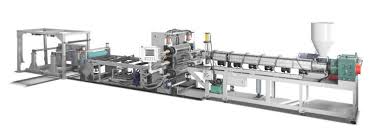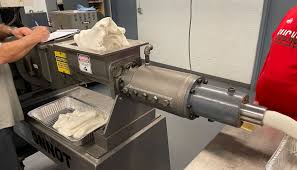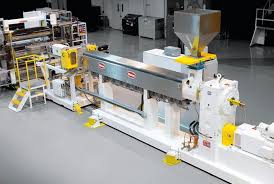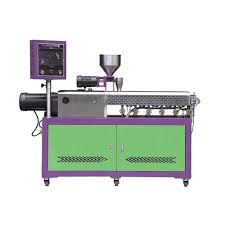In modern plastic processing and recycling industries, the extruder pellet machine is a key player in converting raw or recycled plastic materials into uniform pellets. These pellets serve as the essential feedstock for a wide range of manufacturing applications, from injection molding to film blowing and 3D printing.
Whether you run a plastic recycling facility or a production line for packaging materials, understanding how an extruder pellet machine works—and how it benefits your operation—is critical to improving efficiency and reducing material costs.
What Is an Extruder Pellet Machine?
An extruder pellet machine combines extrusion and pelletizing in a single, continuous process. The system typically includes:
Feeding system for plastic flakes, powders, or granules
Screw and barrel for melting and homogenizing the plastic
Die head to shape the melted material into strands
Pelletizer (either strand-cutting or underwater) to chop the strands into uniform pellets
The result is high-quality plastic pellets that can be used directly in new product manufacturing.
Key Benefits of Extruder Pellet Machines
Efficient Recycling: Transforms plastic waste into reusable material, supporting circular economy initiatives.
High Throughput: Capable of processing hundreds of kilograms per hour, depending on screw size and design.
Consistent Pellet Quality: Uniform shape and size for optimal flow and melting in downstream applications.
Material Versatility: Compatible with a wide range of plastics, including PP, PE, PET, PS, ABS, and engineering plastics.
Automation Ready: Many machines come with PLC control, automatic strand cutting, and temperature monitoring for stable operation.
Common Applications
Plastic recycling plants: Converting post-consumer or industrial waste into new pellets.
Masterbatch production: Compounding additives, colorants, or fillers into base polymers.
3D filament manufacturing: Creating precise pellets for filament extrusion lines.
Agricultural and construction plastic reuse: Repurposing plastic films, pipes, and packaging materials.
Choosing the Right Machine
When selecting an extruder pellet machine, consider:
Screw type: Single-screw for simple materials; twin-screw for compounding and mixing.
Output capacity: Match the machine’s capacity to your production scale.
Pelletizing method: Strand pelletizing is ideal for basic plastics, while underwater cutting suits high-viscosity materials.
Automation level: Advanced systems reduce labor and increase consistency.
Final Thoughts
The extruder pellet machine is more than just a piece of equipment—it’s a strategic investment in sustainability, productivity, and profitability. As plastic waste regulations tighten and material costs rise, businesses equipped with in-house pelletizing capabilities gain a strong competitive edge.






